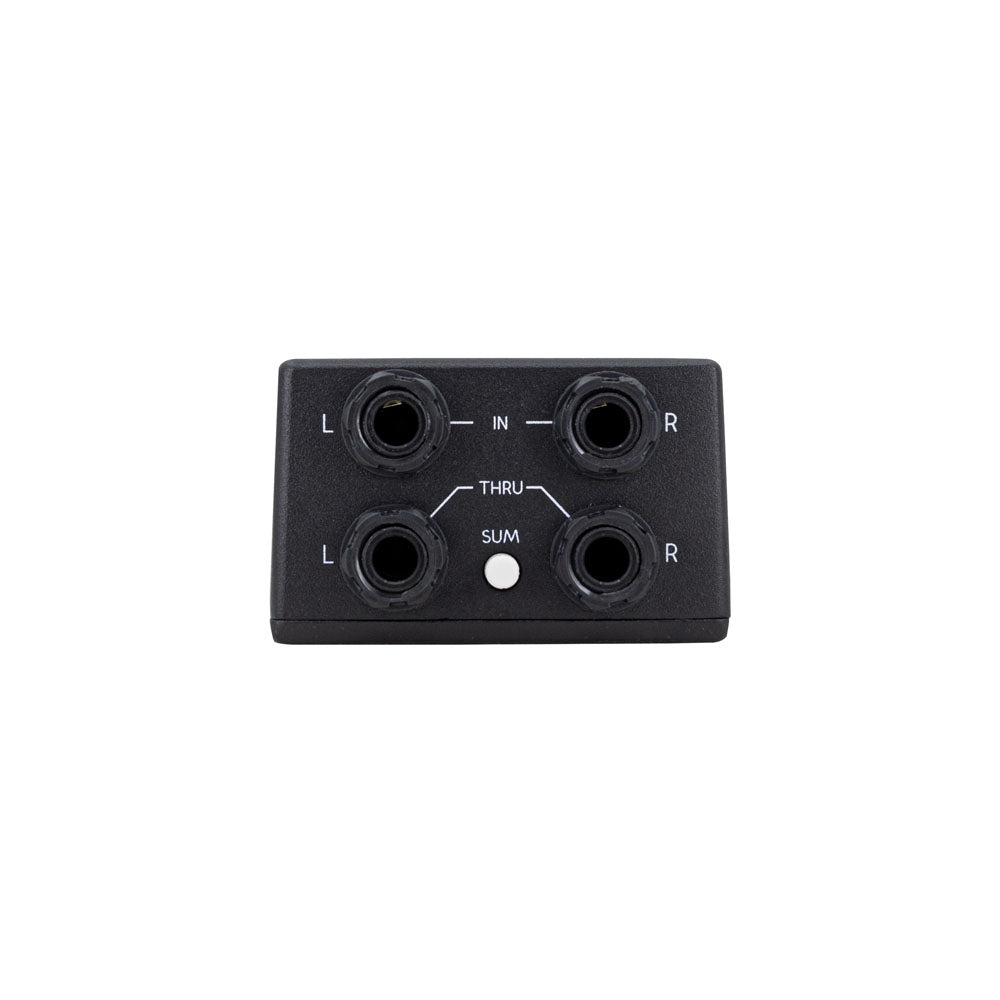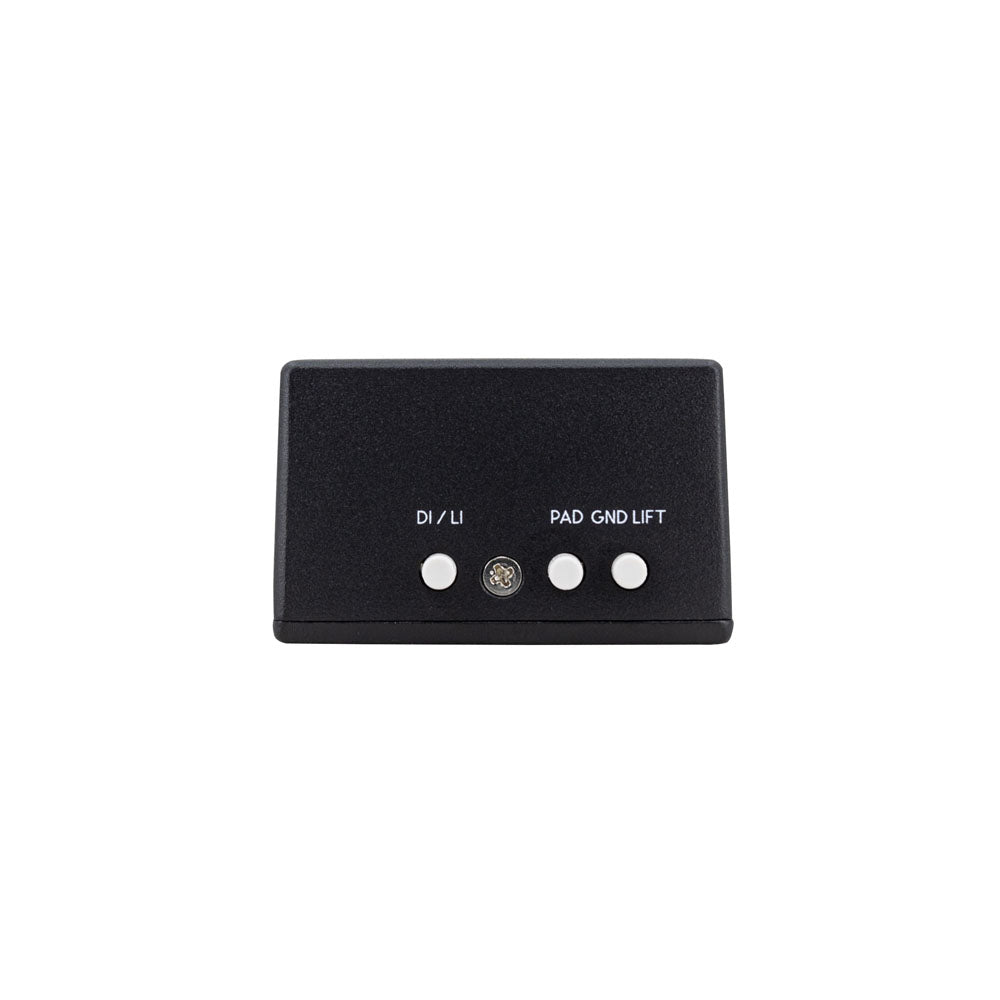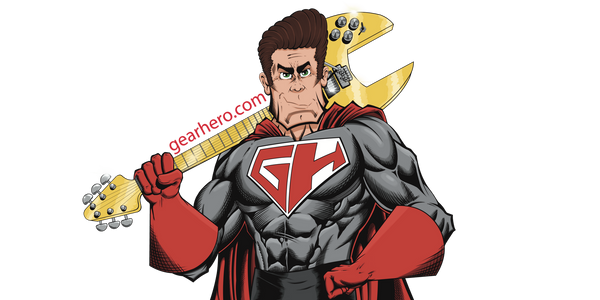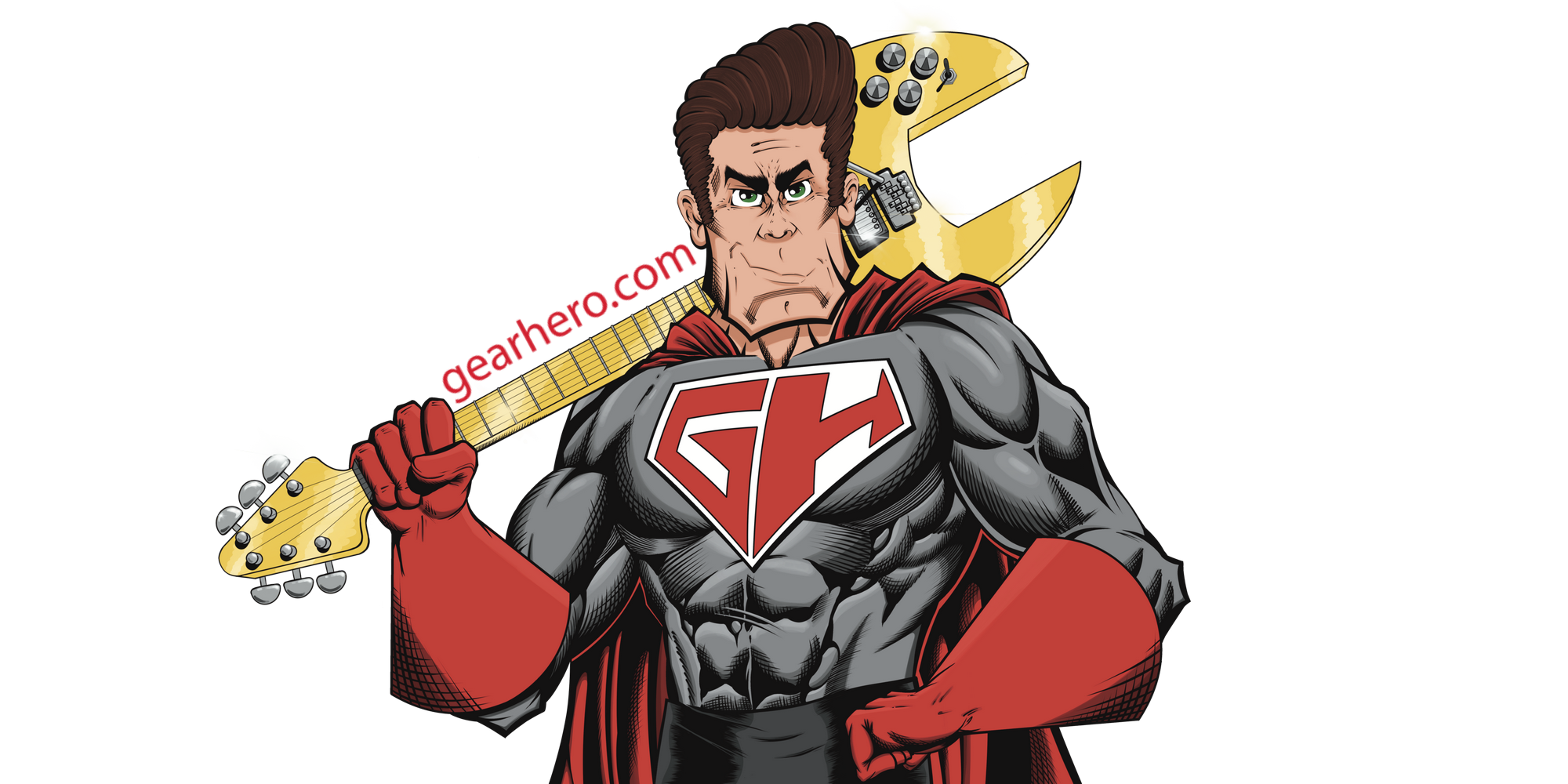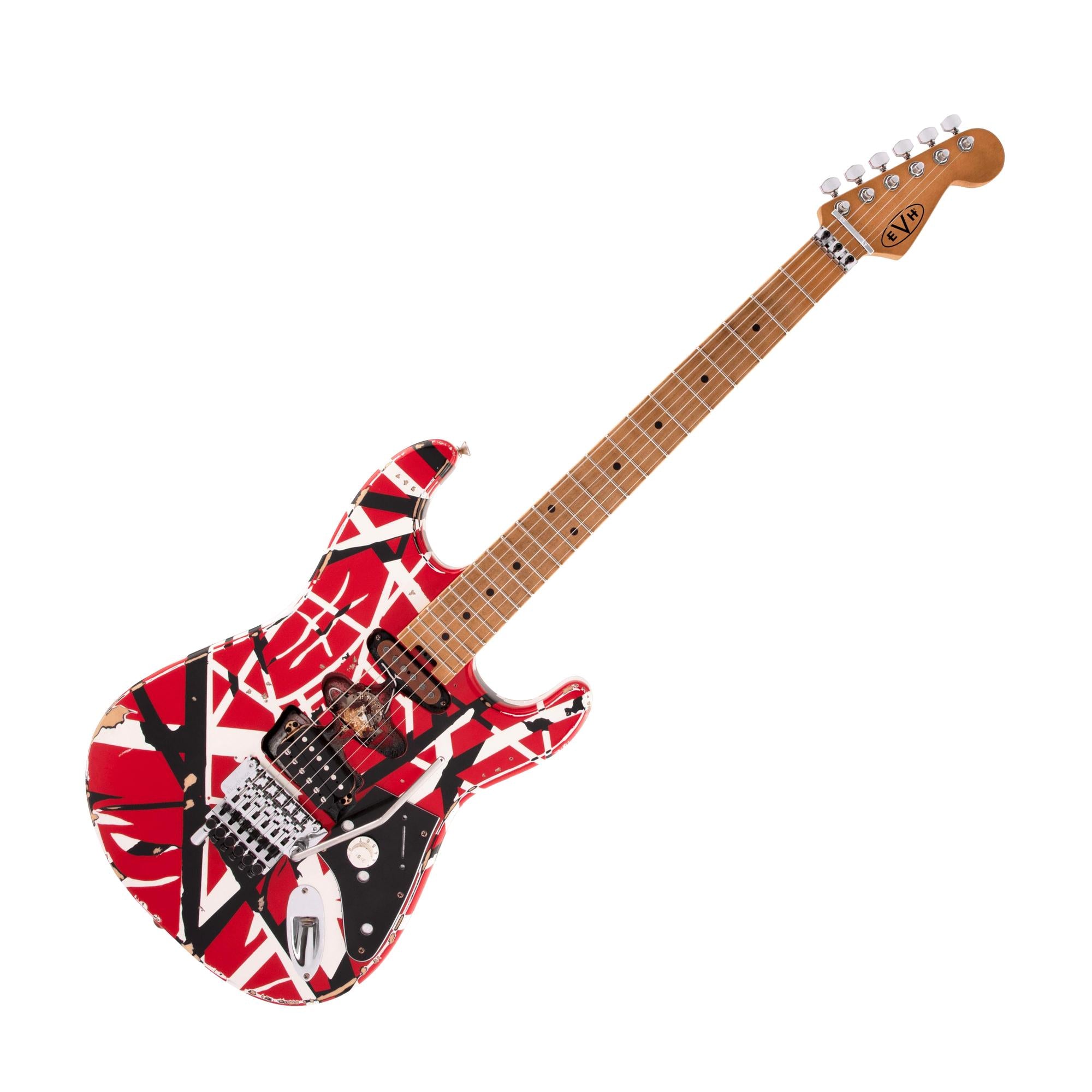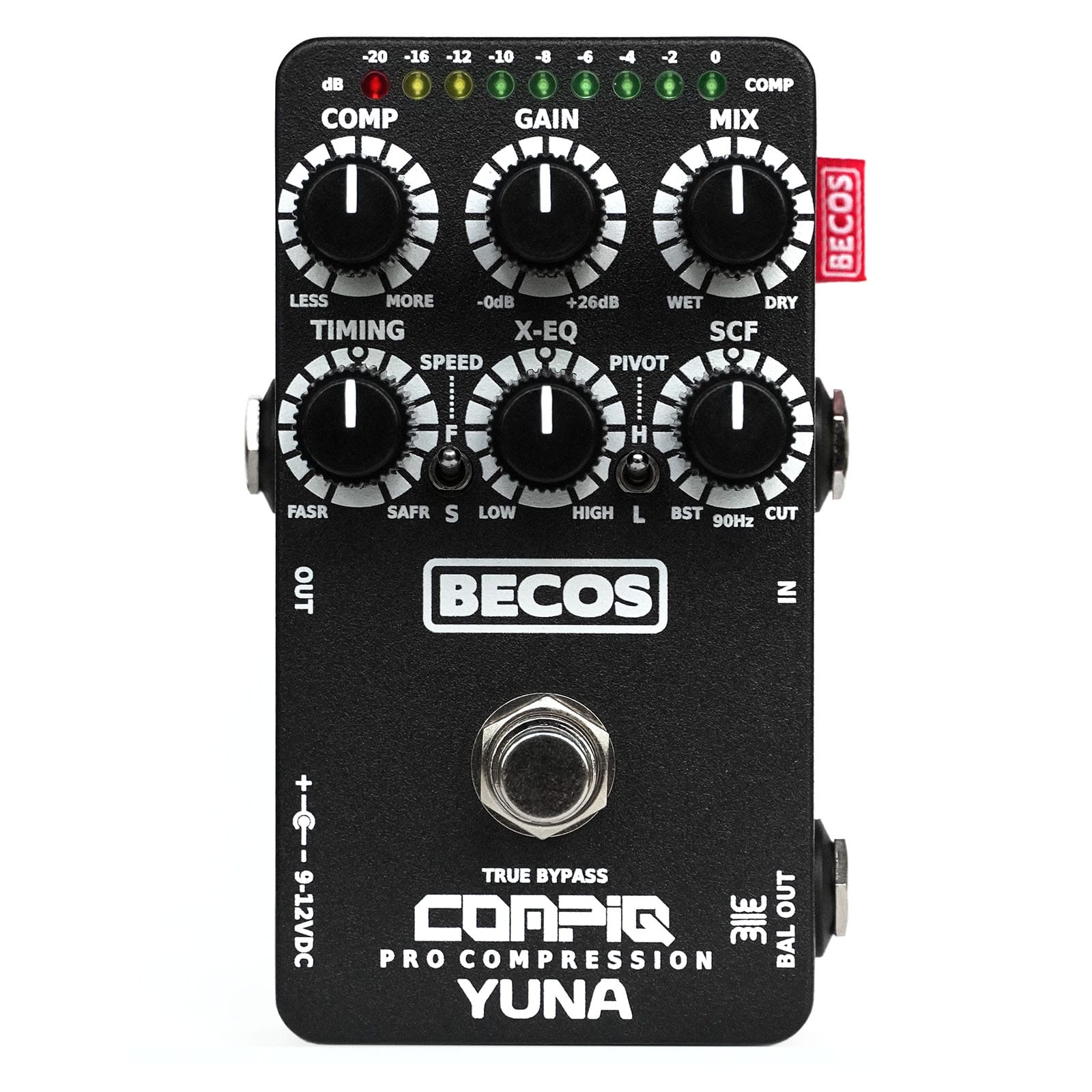Walrus Audio Canvas Stereo Line Isolator DI
Couldn't load pickup availability
About the Product
Consider this your clean slate. The Canvas Stereo is a Direct Box/Line Isolator designed to remove any resistance between you and your audience by giving a pristine sonic foundation to build your masterpiece upon. From houses of worship to the dive bar downt own, Canvas Stereo is built to be the performance tool that goes wherever you are making your music.
Canvas Stereo is a Passive Line Isolator (LI) and Direct Injection (DI) device that converts your unbalanced signal into a balanced signal for interfacing pro perly with your recording interface or mixer at front-of-house. If you’re using an amp-in-a-box (DSP Guitar Rig), like our ACS1 , or running an acoustic or bass guitar direct, then the Canvas Stereo is your new bridge to the front-of-house. The Canvas Stereo packs everything you need from a DI/LI into a standard pedal-sized enclosure designed to look great right on top of your board.
- Flat frequency response from 20Hz - 20kHz
- Converts ¼” unbalanced input to XLR balanced output.
- Transformer isolated output.
- Sum switch: When disengaged(out), the left input connects to the left thru. The right input connects to the right thru allowing the use of stereo amplifiers. When engaged (in), Sum connects the left and right thru jacks together to combine the signals for running into a single amplifier (use either thru jack).
- Pad: Enabled a - 15dB input pad (Only in D.I. mode) for reducing hot signals in order to minimize distortion.
- D.I./L.I.: Choose between DI or LI (Out for DI, In for LI)
- GND Lift: Isolates the GND pin on X LR to help reduce hum if present. Leave out for normal operation.
- Custom wound transformers for low THD (Total Harmonic Distortion) and full frequency response.
Use DI mode when connecting an unbalanced, high impedance source (Electric Guitar, Bass Guitar, etc). The signal will be reduced by - 20dB ( - 35dB with pad engaged) and converted to a balanced signal via the transformer connected to the XLR output. Use the gain on your mixer or preamp to bring the signal up to line level. Use LI mode when connecting your unbalanced, low impedance source (Amp + Cab Sim like the ACS1, keys, etc.). The signal will remain full volume and be converted to a balanced signal via the transformer connected to the XLR output. Less preamp gain will be required in LI mode. DI or LI? When deciding between DI or LI, check with the manufacturer of your gear to find the output impedance of the device you are wanting to interface with. For a general guide: High Impedance = anything above 1k = Use DI; Low Impedance = less than 1k = Use LI
This is a passive device, so you will not damage anything if connected improperly, but it could affect the signal level and frequency response if not connected properly. This is an easy thing to test since the LI/DI switch is built into Canvas. If you lose high - frequency information when using LI mode, then you should probably be in DI mode.

